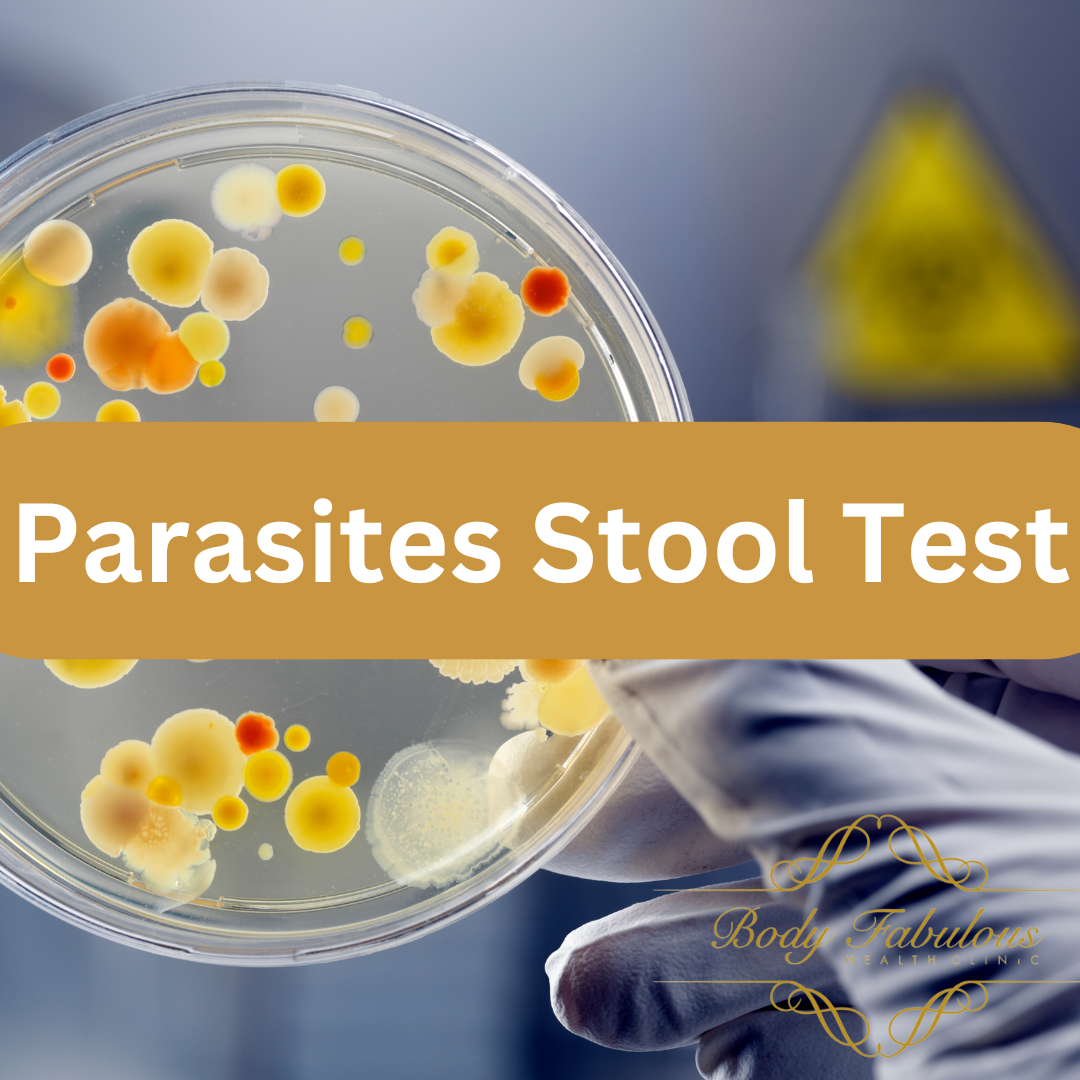HEALTH TESTS
Are you unsure which test you should order? Complete this form and our team will give you FREE advice on which health testing you require.
Comprehensive Gut Biome & Health Stool Test
Comprehensive Gut Biome & Health Stool Test
This test is only available for UK & European delivery.
Included in the cost of your test is advice, interpretation and support from our functional medicine team on your results. Choose package options below. Video calls are 30 minutes and you are sent a link to book your call once your results are ready.
You will be asked to fill out a patient form at checkout which will give us more information on your symptoms, current medications and supplement intake.
This kit is shipped to you via courier with free return postage (except Jersey, Guernsey and Isle of Man)
Results take 2-3 weeks.
Suitable for all ages
Lab test results & personalised written report = £350
Lab test results & 30 minute zoom call = £370
Lab test results & 30 minute zoom call & personalised written report following your call = £390
Q. How do you support me with my results?
In ADDITION to your lab report we provide the following options which are INCLUDED in the package prices;
A) Follow up personalised written report produced by our clinical team (click HERE for team info) highlighting dietary and lifestyle advice plus links to supplement protocols, specific doses and any further testing requirements included. We use the patient information you provide us at checkout along with your results to compile personalised action points for you.
OR
B) Follow up 30-minute video call to discuss your results and answer any questions you have. Once the lab has completed your results you will be sent these via email with a link to book a time and day online. You will also then be given the option to upgrade your 30-minute call to a 45-minute call for an additional £30 if you wish. During the call your practitioner will explain the results in more detail and what they mean for you. After your call you are sent a personalised list of supplements & the dose your practitioner advises with links to purchase from our supplements store. This is for your convenience. You are of course welcome to purchase supplements elsewhere. You will also be provided with a list of follow up tests should this be required plus a copy of your recorded zoom call which you can download and keep.
OR
C) Both Zoom call and written report with personalised next steps (Zoom call is first and written report follows).
Gut flora is the complex community of microorganisms that live in the digestive tracts of humans and animals. The healthier and more balanced our gut flora is, the healthier we are. A disturbed gut flora, however, can be the cause of many conditions including, IBS, acne, allergies, autoimmune diseases, frequent infections and rheumatism. Above all, frequent intake of antibiotics damage the gut flora sustainability.
With the Comprehensive Gut Biome & Health Test, you receive an extensive examination of your intestine based on your stool sample.
Symptoms the Comprehensive Gut Biome & Health Test is suitable for:
IBS
Swollen stomach
Flatulence
Constipation / Diarrhoea
Food intolerances
Burning stomach acid
Sensitive areas on the body
Fungal infections on the skin or nails
Eczema
Burning sensation when urinating
Pain during intercourse
Vaginal itching
Menstrual disorders
Prostate problems
Bladder infections
Hemorrhoids
Chronically stuffy nose
Bad breath
Fatigue
Sleeping disorders
Chronic diseases
Joint pain
Muscle pain
FREE mouth swab included for oral yeast check
The test analyses the values of the following:
Escherichia coli
Escherichia coli (E. coli) is a minority member of the gut microbiome, but a very important one. E. coli bacteria normally live in the intestines of healthy people and stimulates the intestinal immune system. It aids digestion and protects us from other harmful microbes. E. coli ferments to produce folic acid, vitamin K2 (this protects against osteoporosis) and Co-enzyme Q10 (essential for mitochondrial function). If there are low counts of E-coli, one can expect problems like osteoporosis and bone problems, mitochondrial function, low mood and poor gut motility. Increased E. coli indicates putrefaction in the intestine and may burden the body with metabolic toxins. Potential causes may be reduced immunity of the intestinal mucosa, low counts of bifidobacteria or excess supply of protein.
Proteus
Proteus species are most commonly found as part of normal human intestinal flora, along with Escherichia coli and Klebsiella species. Proteus is also found in multiple environmental habitats, including long-term care facilities and hospitals. As a particularly active proteolytic germ, proteus can burden the body considerably through its metabolic toxins.
Citerobacter
Citrobacter is a rod belonging to the Enterobacteriaceae family. It is considered an opportunistic pathogen and therefore can be found in the gut as part of the normal flora. Citrobacter are also commonly found in water, soil and food and may be spread by person-to person contact.
Klebsiella
Klebsiella is a bacterium, which belongs to the Enterobacteriaceae family. Klebsiella can be found in the gastrointestinal tract of humans. Klebsiella overgrowth is commonly asymtomatic. Some strains of Klebsiella may cause diarrhea and some are enterotoxigenic. A low-starch diet may be helpful if high levels of Klebsiella are present.
Other enterobacteriaceae
Increased enterobacteriaceae indicate disturbances of the intestinal flora, malnutrition or digestive insufficiencies. A larger amount of these bacteria does not belong in the normal intestinal flora. Their multiplication often results from past antibioses.
Enterococci
Decreased Enterococci in the stool indicates disturbances in balance of the intestinal flora. Enterococci produce short-chain fatty acids during the carbohydrate utilisation, which contributes to the acidification and stabilisation of the intestinal environment. As an important contribution to the intestinal milieu, they produce bacteriostatic substances.
Pseudomonas
Pseudomonas can be found in water and soil as well as fruits ans vegetables. A common source of infection is bottled water, but increased Pseudonomas may also be due to an earlier antibiotic therapy.
Bacteroides
Bacteroides is the most abundant bacteria in the microflora, which allows us to digest soluble fibre and make short chain fatty acids. Decreased bacteroides indicate a lowered resistence to pathogenic species (such as salmonella, shigella and clostridia).
Bifidobacteria
Bifidobacteria make up a significant portion of the human gut flora. Along with Lactobacillia and Enterococci, Bifidobacteria control potentially pathogenic organisms and stimulate the intestinal immune system (GALT). Bifidobacteria metabolize carbohydrates only. By doing so, they produce short chain fatty acids, which adidify the intestine and couteract pathogenic organisms. Decreased Bifidobacteria indicate deficiencies in colonisation resistance, putrefaction in the intestine and can promote constipation.
Lactobacilli
Lactobacilli is a lactic acid forming bacteria, which produces large amounts of short chain fatty acids (SCFA). SCFAs lower the intestinal pH and thereby make the evironment alkaline and unsuitable for microbial pathogens (e.g. yeast). In addition, Lactobacilli secrete antifungal and antimicrobial agents. Decreased Lactobacilli indicate disturbances of the intestinal flora.
Clostridia
Clostridia are prevalent flora in a healthy intestine. As clostirida produce gases it may cause flatulence. Increased Clostridia indicates putrefaction in the intestine and may burden the body with metabolic toxins. Increased clostridia are often found in older people due to changes in their nutrition. Clostridium difficile and Clostridium perfringens are one cause of antibiotic-associated diarrhea.
pH-Value
Fecal pH is influenced by numerous factors, but is largely dependet on the fermentation of fiber by the beneficial flora of the gut. With a balanced diet the fecal pH should lie between 6,2 and 6,8. Acid fecal pH indicates disorders of intestinal ecology. An alkaline fecal pH indicated an imbalanced intestine flora. It is possible that proteolytic putrefactive germs are predominant, which raise the fecal pH through alkaline metabolites (e.g. due to a high-protein diet).
Candida albicans
The genus Candida is comprised of approximately 200 different species. Candida albicans is the most common strain of them. It is a normal part of the gut flora and most people have some level of Candida albicans in their intestines. But a combination of factors can lead to an overgrowth, which then leads to several undesirable symptoms including fatigue, weight gain, joint pain, and gas.
Candida spec.
Increased candida species indicates deficiancies in colonisation resitance, disturbances of the intestinal flora and or a defect mucosa. Candida species may burden the body with toxic metabolites. Some patients respont to even low rates of yeast overgrowth.
Geotrichum candidum
Geotrichum candidum belongs to the Endomyceteaceae family. This organism can be found in soil, dairy products and in human skin and mucosae. Symptoms of Geotrichum infection have been associated with diarrhea and enteritis.
Yeast
An infection with yeasts can have many reasons. Possible causes are things like corticosteroid therapy, stress, diabetes, malnutrition or birth control pills. All of them weaken the immune system and a weakened immune system cannot control yeast or help you get rid of it. Antibiotics are also a common cause of yeast infection because they destroy the good bacteria that keep it under control.
Helicobacter pylori
The detection of Helicobacter pylori antigen in stool indicates an infection with this germ. Helicobacter pylori is the most common chronic bacterial pathogen in humans. It lowers stomach acid levels while damaging the mucosal protection within the stomach. It has therefore been attributed with causing stomach and duodenal ulcers.
Pancreatic elastase
Elastase findings can be used for the diagnosis or the exclusion of exocrine pancreatic insufficiency. Reduced pancreatic elastase in stool indicates insufficiency of exocrine pancreatic function. Pancreatic elastase 1 levels below 100 are strongly correlated with severe pancreatic insufficiency. Pancreatic elastase 1 levels between 100 and 200 indicate moderate pancreatic insufficiency.
Alpha-1-Antitrypsin
Alpha-1-antitrypsin is a glycoprotein, which is produced by the liver and cells of the gut. It belongs to the group of acute phase proteins and is a marker of of protein loss and permeability of the gut.The measurement of Alpha-1-antitrypsin in stool reflects the permeability of the gut during inflammatory processes. Increased Alpha-1-antitrypsin indicates an increased permeability of the intestinal mucous membrane, which leads to an enteral loss of Alpha-1-antitrypsin.
Secretory IgA
Secretory IgA (sIgA) is an immune protein, which reacts anti-inflammatory. It coats the intestinal lining, especially the mucosal surfaces and is supposed to protect us from inside. As secretory IgA represents the first line of defense of the GI, immunological activity in the GI tract can be assessed using secretory IgA. Low levels of fecal sIgA increase the risk of leaky gut syndrome and promote the growth of microbial pathogens in the intestine. The risk of inflammatroy immune reactions to undigested food and protein is also increased if low levels of sIgA are present. Low fecal IgA levels can result from physical or mental stress and/or inadequate nutrition. High fecal sIgA indicate immune reactions to antigens from bacteria, yeast or other microbes.
Sample report can be viewed HERE
Instructions for test can be viewed HERE








